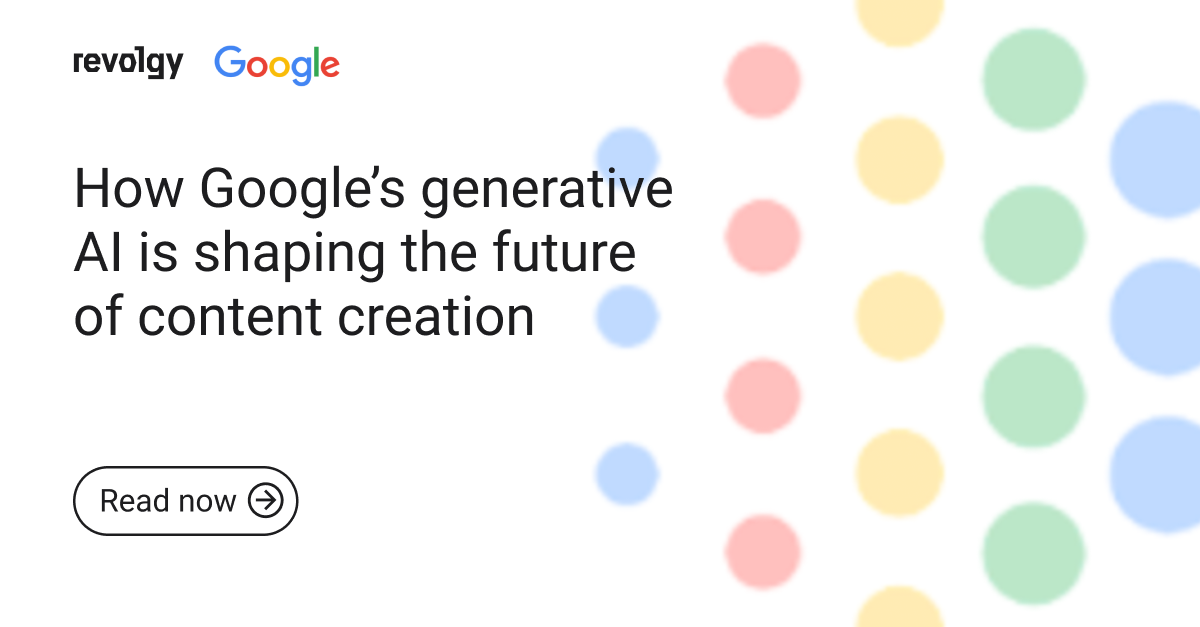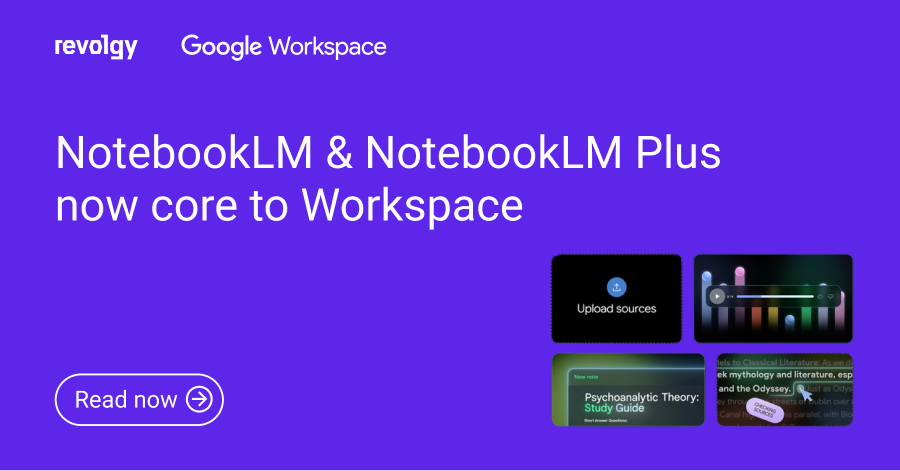Other industries
The future of work lies in connecting information
If you want to stay ahead of the competition, you need to use tools that adapt to your needs, not the other way around. The future of work lies in dynamically connecting information.
The way we work is changing. Office work has also undergone major changes in recent years, and these changes will continue. They affect not only corporate culture but also the digital tools that companies use. Moreover, individual collaboration tools influence and shape the daily thinking of employees. In other words, people are shaped by the environment they are in.
“Instead of a company adapting tools to suit its needs, it limits its operations to what these systems can do and how they work,” says Bob Dohnal, founder of Revolgy, a company that specializes in implementing cloud-based solutions as part of work optimization.
In fact, moving document work online is just the beginning of changing the way work gets done. “It’s about a certain mindset of users. People are still used to emailing files or sharing them via storage spaces.”
Dohnal recalls how, in the early days of the company, some potential customers were amazed when Revolgy offered them Google or Amazon services. “When we told them to move their email to Google, they asked if we meant the search engine. And with Amazon, some people asked why they should move their servers to a bookstore,” laughs Dohnal. Of course, that’s long past, and cloud-based solutions and especially collaboration tools are becoming the norm.
“A huge group of companies still work this way today, but this is fundamentally wrong.”
In the traditional systems still so widespread today, information is approached in isolation. “The context is only given to it by the people who work with it, because only these people know the customer’s history, their plans for the future, or their feedback,” says Dohnal. “They are the glue that binds the information together. Once they leave, the information goes with them.”
Therefore, Dohnal says it’s important to know how to store and work with the information. “The traditional work tools prevent us from doing that. They work in isolation, are focused on specific tasks, and don’t allow information to be easily linked. A huge group of companies still work this way today, but this is fundamentally wrong. If a company wants to get ahead of the competition, it needs to break out of traditional file-based thinking and start linking data effectively.”
Dohnal gives an example of the difference between traditional systems like Microsoft and modern cloud solutions such as those offered by the innovative Google. “The Microsoft world is built on creating, searching, and organizing files, while Google is about sharing information — you’re not searching for files, you’re sharing information. For its users, it is perfectly natural that a document is implicitly shared, searchable, and everyone can work on it together. In Google, you search across all systems, and you don’t really care where the information is stored. You let Google find the information for you.”
“Tools will be replaced by integrated content creation platforms with interconnected elements, all in one place.”
According to Dohnal, types of tools such as spreadsheets, presentations, and word processors will disappear. They will be replaced by integrated content creation platforms with interconnected elements, all in one place. “The tools that allow you to create content will not disappear, but they will only disappear in the isolated form we have known them until now. You won’t have to separately switch to the apps where you write a spreadsheet, document, or presentation, or remember the name of the folder where you’ve saved everything. On the contrary, we will move towards creating content that contains all these elements in one place.”
“We are talking about a space where you can create multi-format content complemented by videos, images, calculations, or diagrams. You want to have everything in one place, not fifteen different ones.”
Dohnal also emphasizes that these integrated platforms are already widely available and have been gaining popularity for the last ten to fifteen years. “Most companies still create separate files, which they then store on an intranet or some shared storage. However, tools that allow you to create flexible content according to what you need are now widely available. You don’t have to switch to another application because you have everything you need in one place.”
“An example of such a platform is Coda for collaborative environments or Notion, which has freed itself from the traditional concept of simple documents and offers an environment more like an infinite whiteboard and encyclopedia in one. Traditional documents, such as a calendar, can also be found there, but they are essentially just the final output. What matters is the information in context. We are talking about a space where you can create multi-format content complemented by videos, images, calculations, or diagrams. You want to have everything in one place, not fifteen different ones,” smiles Dohnal.
Artificial intelligence won’t take our jobs
In addition to shared platforms, the much-discussed artificial intelligence is also the future of work. “Working with AI will be key for years to come,” says Dohnal. “But we’re not just talking about historical chatbots, but intelligent assistants such as ChatGPT or Gemini. And for them to serve us effectively, we need to deliver information that is both specific to us and traceable in one place. If your data is in several places at the same time and you have to constantly “pull” it from somewhere, even an intelligent chatbot won’t help you much. Companies that can manage to focus primarily on information rather than individual files and data will be much faster in adopting AI.”
“I’m not worried about AI taking our jobs. AI only threatens the jobs of those who are unable to move forward. The world is constantly moving, the tools for work are evolving, and we need to be able to adapt to these changes,” Dohnal concludes.
This article was originally written and printed in Czech by Wired for Wired Czech Republic & Slovakia.
Read next: Unleashing creativity: How cloud computing transforms business



